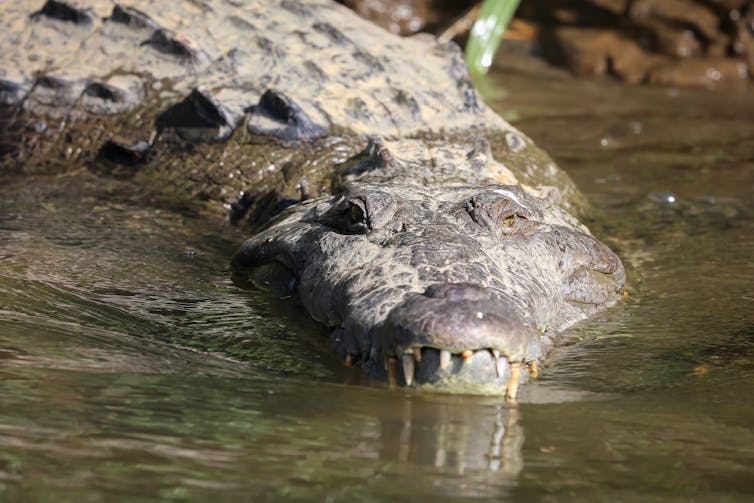2023/06/07

A syringe containing the Pfizer-BioNTech Covid-19 vaccine at the Jewish Federation/ JARC's offices in Bloomfield Hills, Michigan - Jeff Kowalsky/AFP/Getty Images North America/TNS
SAN DIEGO — Moderna, Pfizer and BioNTech were named in lawsuits Tuesday that accuse them of stealing a patented method developed by researchers from The Scripps Research Institute that made the COVID-19 vaccine possible.
The two separate patent infringement lawsuits — one against Moderna for its Spikevax vaccine and one against Pfizer and its partner BioNTech for its Comirnaty vaccine — were filed in federal court in San Diego by Promosome. The firm, which has offices in San Diego and New York City, develops and commercializes discoveries from the late Nobel Prize laureate Gerald Edelman and Vincent Mauro both of whom conducted research at The Scripps Research Institute in La Jolla.
As of late Tuesday, Moderna, Pfizer and BioNTech could not be reached for comment on the lawsuit.
The patent at the center of the complaints is a novel method for modifying messenger RNA, or mRNA — which delivers instructions to a cell for protein production. The modification from researchers ultimately made mRNA vaccines safer and significantly more effective by helping the immune system produce sufficient proteins to fight the virus with small doses of mRNA. The technique was developed by Scripps scientists Edelman, Mauro, Stephen Chappell and Wei Zhou in 2009, the lawsuit states.
The lawsuit against Moderna contends that in 2013, under a confidential disclosure agreement, the patented method was shared with the biopharmaceutical company's highest leadership, including CEO Stéphane Bancel and President Stephen Hoge. However, Moderna did not license the technology.
The lawsuit filed against Pfizer and BioNTech alleges that in 2015, Promosome shared the technology with BioNTech scientist, Dr. Katalin Karikó, but neither company licensed the technology.
In each complaint Promosome seeks "to receive its rightful share of the tens-of-billions in revenues," each company "already has earned and countless billions it will earn by willfully infringing the '179 Patent."
Moderna netted $18.4 billion in sales for its coronavirus vaccine last year, according to SEC filings. Pfizer and BioNTech brought in $37.8 billion from sales of its COVID-19 vaccine, Comirnaty, last year.
"Our client's cutting-edge technology has helped spare hundreds of millions of people from the harmful effects of COVID-19," said Bill Carmody, lead lawyer on the matter and partner at the firm Susman Godfrey. "Unfortunately, these big pharma companies have failed to give Promosome what it deserves."
Patent infringement lawsuits are not uncommon in the realm of biotechnology and pharmaceuticals.
Multiple lawsuits have previously been filed related to the coronavirus vaccines and the technology that made it possible.
For example, in February Moderna paid the federal government $400 million for a chemical technique it employed in its COVID-19 vaccine. In August, Moderna sued Pfizer and BioNTech for patent infringement related to the mRNA technology used in its COVID-19 vaccine.
© The San Diego Union-Tribune
SAN DIEGO — Moderna, Pfizer and BioNTech were named in lawsuits Tuesday that accuse them of stealing a patented method developed by researchers from The Scripps Research Institute that made the COVID-19 vaccine possible.
The two separate patent infringement lawsuits — one against Moderna for its Spikevax vaccine and one against Pfizer and its partner BioNTech for its Comirnaty vaccine — were filed in federal court in San Diego by Promosome. The firm, which has offices in San Diego and New York City, develops and commercializes discoveries from the late Nobel Prize laureate Gerald Edelman and Vincent Mauro both of whom conducted research at The Scripps Research Institute in La Jolla.
As of late Tuesday, Moderna, Pfizer and BioNTech could not be reached for comment on the lawsuit.
The patent at the center of the complaints is a novel method for modifying messenger RNA, or mRNA — which delivers instructions to a cell for protein production. The modification from researchers ultimately made mRNA vaccines safer and significantly more effective by helping the immune system produce sufficient proteins to fight the virus with small doses of mRNA. The technique was developed by Scripps scientists Edelman, Mauro, Stephen Chappell and Wei Zhou in 2009, the lawsuit states.
The lawsuit against Moderna contends that in 2013, under a confidential disclosure agreement, the patented method was shared with the biopharmaceutical company's highest leadership, including CEO Stéphane Bancel and President Stephen Hoge. However, Moderna did not license the technology.
The lawsuit filed against Pfizer and BioNTech alleges that in 2015, Promosome shared the technology with BioNTech scientist, Dr. Katalin Karikó, but neither company licensed the technology.
In each complaint Promosome seeks "to receive its rightful share of the tens-of-billions in revenues," each company "already has earned and countless billions it will earn by willfully infringing the '179 Patent."
Moderna netted $18.4 billion in sales for its coronavirus vaccine last year, according to SEC filings. Pfizer and BioNTech brought in $37.8 billion from sales of its COVID-19 vaccine, Comirnaty, last year.
"Our client's cutting-edge technology has helped spare hundreds of millions of people from the harmful effects of COVID-19," said Bill Carmody, lead lawyer on the matter and partner at the firm Susman Godfrey. "Unfortunately, these big pharma companies have failed to give Promosome what it deserves."
Patent infringement lawsuits are not uncommon in the realm of biotechnology and pharmaceuticals.
Multiple lawsuits have previously been filed related to the coronavirus vaccines and the technology that made it possible.
For example, in February Moderna paid the federal government $400 million for a chemical technique it employed in its COVID-19 vaccine. In August, Moderna sued Pfizer and BioNTech for patent infringement related to the mRNA technology used in its COVID-19 vaccine.
© The San Diego Union-Tribune


















